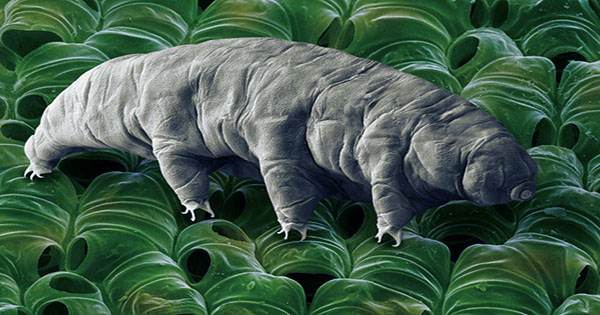Tardigrades compete in the realm of microscopic and incredibly strong beasties. Like the tardigrades, the Bdelloid rotifers can survive dry, icy, starvation and even low-oxygen conditions. Now, scientists report that they have reproduced some of these rotifers after being icy for at least 24,000 years in Siberian permafrost. Incredible observations have published in the journal Current Biology. The researchers took a sample about 3.5 meters (11.5 feet) deep and slowly warmed the sample, which led to the resurgence of several microscopic organisms, including these tiny creatures.
Co-author Stas Malavin of the Soil Cryology Laboratory at the Institute of Physicochemical and Biological Problems in Soil Science in Pushchino, Russia, said in a statement, “Our report is the strongest evidence today that multilingual animals can resist cryptobiosis for almost a thousand years, in a state of almost complete arrest metabolism.” The team was especially careful to study frozen animals in permafrost and was very careful in extracting this sample. In terms of the elasticity of this animal, it was important to make sure that the specimen not contaminated with specific layers. The age of permafrost and the icy organisms within it were determined, along with other distinct methods, such as radiocarbon dating.
Rotifers have reported in the scientific literature to be able to survive for up to 10 years during freezing. Clearly, the measures that allow them to fight such a situation are better than previously thought. Scientists are not sure how critics and other similar organisms can protect their cells and organs from ice crystals formed during the ice process. Animals should tear down, but they are not. Extremely strange things must happen as these little creatures are slowly freezing. “The acceptance is that many multicellular organisms can be frozen for thousands of years and then revived – the dream of many novelists,” Malavin added.
“Of course, this is the most complex and currently not possible for mammals to preserve as complex, living frozen as organisms. Still, moving from a unicellular organism to an organism with an intestine and a brain is a big step forward, albeit microscopic.” The rotifers discovered not only return to the land of the living but also are also able miraculously reproduce through parthenogenesis. The team will continue to study the permafrost to find out if there are more creatures with this skill and what method come play for an organism survive in frozen conditions for thousands of years.















